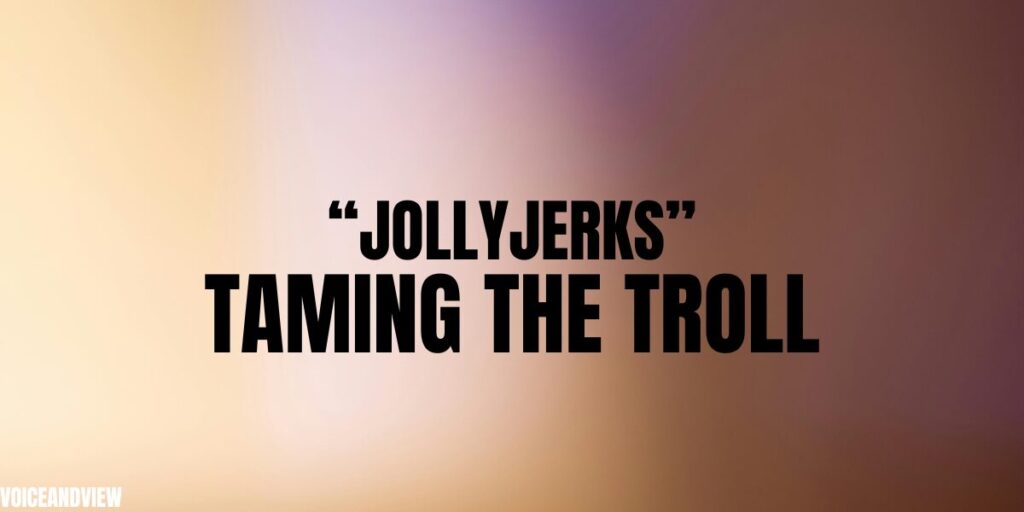Skull drawing has long been a favorite among artists, both beginners and professionals. The intricate details and symbolic significance of skulls make them a captivating subject. In this guide, we’ll explore various techniques, tips, and inspirations for mastering the art of Drawing:oldj_7nsvxk= Skull.
Understanding the Anatomy of a Skull
Before diving into drawing, it’s essential to understand the basic anatomy of a skull. A skull consists of several key parts, including the cranium, mandible, eye sockets, nasal cavity, and teeth. Each of these elements has distinct shapes and structures that contribute to the overall appearance of the skull.
The Cranium
The cranium is the large, rounded part of the skull that houses the brain. It has a smooth, curved surface with slight variations in contour. When drawing the cranium, pay attention to its symmetrical shape and the subtle curves that give it a realistic appearance.
The Mandible
The mandible, or jawbone, is a crucial part of the skull’s structure. It connects to the cranium and forms the lower part of the face. The mandible’s shape varies among different species, so studying various references can help you capture its unique characteristics accurately.
Eye Sockets
The eye sockets are prominent features of the skull. They are roughly circular and positioned symmetrically on either side of the nasal cavity. Properly rendering the depth and shadows within the eye sockets adds realism to your skull drawing.
Nasal Cavity
The nasal cavity is located between the eye sockets and serves as the opening for the nose. Its shape resembles an upside-down heart, with varying degrees of prominence depending on the skull’s angle and perspective.
Teeth
Teeth are integral to the skull’s appearance, especially when drawing a human skull. Pay attention to the size, shape, and arrangement of the teeth to ensure they align with the jawbone naturally.
Tools and Materials for Drawing Skulls
Having the right tools and materials is crucial for creating detailed and realistic skull drawings. Here are some essentials:
- Pencils: A range of graphite pencils (HB, 2B, 4B, 6B) for different levels of shading and detailing.
- Paper: High-quality drawing paper with a smooth surface for precise lines.
- Erasers: A kneaded eraser for subtle corrections and a precision eraser for fine details.
- Blending Stumps: For smooth shading and gradients.
- Reference Images: Photos or 3D models of skulls for accurate depiction.
Step-by-Step Guide to Drawing a Skull
Step 1: Basic Outline
Start with a light sketch of the skull’s basic outline. Use simple shapes to define the cranium, mandible, eye sockets, nasal cavity, and teeth. Keep your lines light and loose, allowing for adjustments as you progress.
Step 2: Refining the Shape
Refine the outline by adding more details and correcting proportions. Focus on capturing the symmetry and unique features of the skull. Pay attention to the curves of the cranium, the shape of the jawbone, and the placement of the eye sockets and nasal cavity.
Step 3: Adding Details
Once you have a refined outline, start adding details to the skull. Emphasize the contours of the bones, the texture of the surface, and any cracks or imperfections. Use reference images to ensure accuracy in your details.
Step 4: Shading and Highlights
Shading is crucial for adding depth and realism to your skull drawing. Identify the light source and shade accordingly. Use a range of pencil grades to create smooth transitions between light and dark areas. Blending stumps can help achieve seamless gradients.
Step 5: Final Touches
Review your drawing and make any necessary adjustments. Add final touches to enhance the realism, such as highlighting certain areas and deepening shadows. Ensure that all parts of the skull are well-defined and proportionate.
Tips for Drawing Skulls
- Study Anatomy: Understanding the underlying structure of a skull helps in creating more realistic drawings.
- Use References: Reference images are invaluable for capturing accurate details and proportions.
- Practice Different Angles: Drawing skulls from various angles enhances your understanding of their three-dimensional form.
- Experiment with Styles: Try different artistic styles, such as realistic, abstract, or cartoonish, to find what suits you best.
- Focus on Lighting: Proper lighting can dramatically improve the realism of your skull drawings.
Incorporating Skulls into Your Art
Skulls can be incorporated into various art styles and genres, from traditional to contemporary. Here are some ideas:
Realistic Art
In realistic art, focus on capturing the intricate details and textures of the skull. Use shading techniques to create depth and highlight the natural contours of the bones. Realistic skull drawings can be striking in their detail and accuracy.
Abstract Art
In abstract art, experiment with shapes, colors, and patterns to represent skulls in unconventional ways. Play with symmetry and asymmetry, and use bold lines and vibrant hues to create visually compelling compositions.
Tattoo Art
Skulls are popular motifs in tattoo art. When designing skull tattoos, consider the placement on the body and how the skull’s shape will complement the natural contours of the skin. Incorporate elements like flowers, snakes, or geometric patterns for added complexity.
Gothic Art
Gothic art often features skulls as symbols of mortality and the macabre. Use dark, moody tones and intricate detailing to evoke a sense of mystery and intrigue. Gothic skull art can be hauntingly beautiful and emotionally evocative.
Skull Art in Pop Culture
Skulls have a significant presence in pop culture, symbolizing everything from rebellion to mortality. They appear in various forms of media, including movies, music, fashion, and graphic design.
Movies
In movies, skulls often symbolize danger, death, or the supernatural. They can be found in horror films, pirate adventures, and dystopian narratives. Iconic examples include the skull emblem of the Punisher and the pirate flag of the Jolly Roger.
Music
Skulls are prevalent in music, especially in genres like rock, metal, and punk. Band logos, album covers, and stage designs frequently feature skull imagery. The Grateful Dead’s “Steal Your Face” skull and Misfits’ “Fiend Skull” are iconic representations in the music world.
Fashion
In fashion, skulls are used in clothing, accessories, and jewelry to convey a sense of edginess and individuality. Designers like Alexander McQueen have popularized skull motifs in high fashion, while streetwear brands often incorporate skulls into their designs.
Graphic Design
Graphic designers use skulls in logos, posters, and illustrations to create impactful visuals. Skulls can be stylized in various ways, from minimalistic to highly detailed, depending on the desired effect.
The Symbolism of Skulls
Skulls hold deep symbolic meanings across different cultures and contexts. Understanding these meanings can add depth and context to your skull drawings.
Mortality
Skulls are universally recognized symbols of mortality, reminding us of the inevitability of death. This symbolism is often explored in art to evoke reflection on the transient nature of life.
Rebellion
In many subcultures, skulls represent rebellion and defiance against authority. This association is particularly strong in punk and rock music, where skull imagery is used to challenge societal norms.
Transformation
Skulls also symbolize transformation and the cycle of life and death. In this context, they are often used in spiritual and religious art to signify rebirth and renewal.
Protection
In some cultures, skulls are believed to offer protection and ward off evil spirits. This belief is reflected in various forms of art and jewelry designed to invoke protection and strength.
Conclusion
Drawing skulls is a rewarding and versatile artistic pursuit that allows for creativity and self-expression. By understanding the anatomy, using the right tools, and practicing different techniques, you can create stunning skull drawings that capture both realism and symbolism. Whether you incorporate skulls into realistic art, abstract compositions, or pop culture references, the possibilities are endless. So, pick up your pencils, study your references, and start mastering the art of drawing skulls today.
For more great updates keep visiting yellowsstone.




